 The Falcon GT was born in 1967 when then Ford Australia Managing Director
Bill Bourke saw the prototype of an XR Falcon V8 police special being
developed by engineers at the Company's You Yangs Proving Ground and
suggested they develop a production version, paint them all one colour
and call them GTs.
The Falcon GT was born in 1967 when then Ford Australia Managing Director
Bill Bourke saw the prototype of an XR Falcon V8 police special being
developed by engineers at the Company's You Yangs Proving Ground and
suggested they develop a production version, paint them all one colour
and call them GTs.
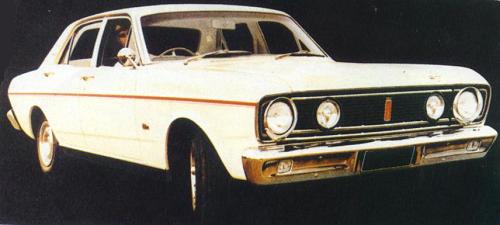
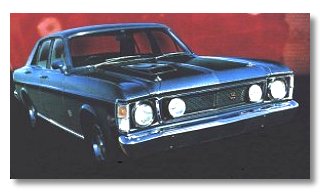 XW - 1969
XW - 1969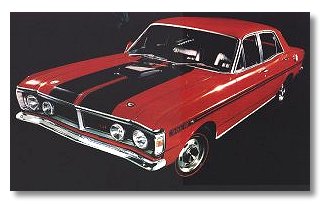
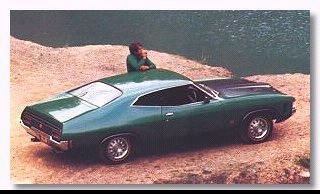

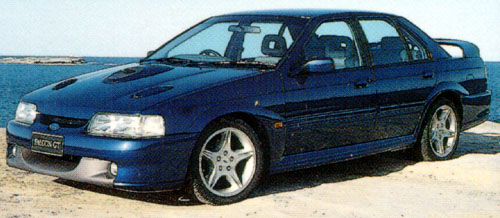
EL-1997
Ford celebrated the 30th anniversary of the legendary XR Falcon GT, with the release of 1997 GT EL Falcon.
The 30th Anniversary Falcon GT, which is based on the EL Fairmont, has been enhanced in almost every facet. The aggressive aero-package is backed up by a 200kW powerplant, unique automatic transmission, carbon fibre wrapped driveshaft and newly released Yokohama A510 245/40 VRI 7 tyres.
The interior has also been upgraded to make the GT one of the most well-appointed cars ever produced in Australia. Only 250 numbered GTs have been built for the Australian market, 116 in automatic and 134 manual. An additional 15 cars were built for New Zealand with two vehicles going to South Africa.
The GT is available in three colours, Heritage Green, Sparkling Burgundy or Navy Blue and it had a recommended retail price of $69,500. The four-speed 'Adaptive Shift' automatic transmission is a no cost option.
The GT was launched at the Melbourne Motor Show on February 28. Interest in the new GT was been building in the months leading to the launch, with customers offering deposits to dealers for the GT, sight unseen.
